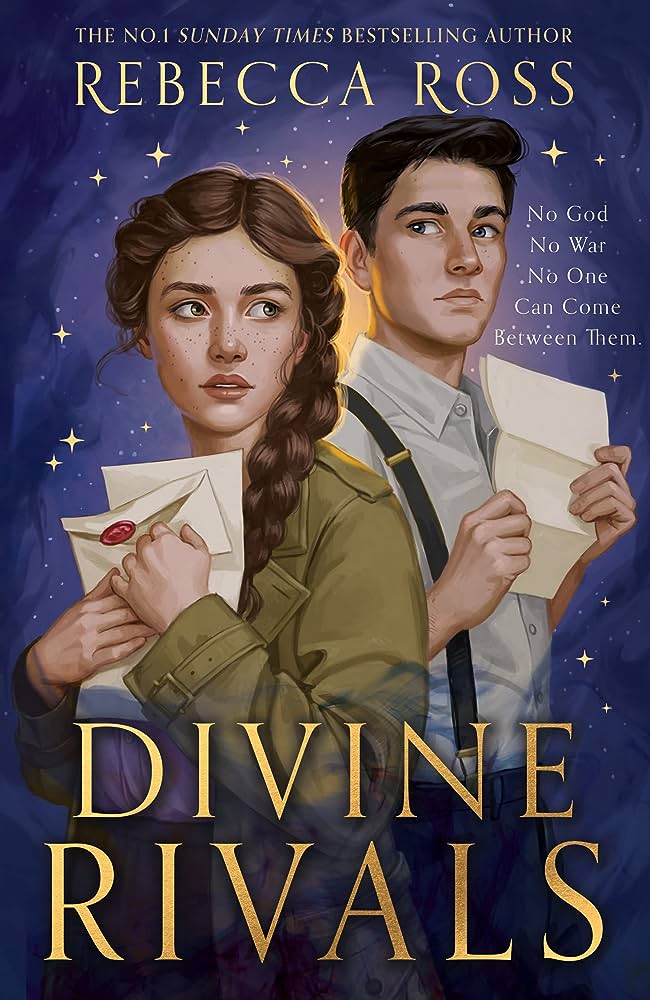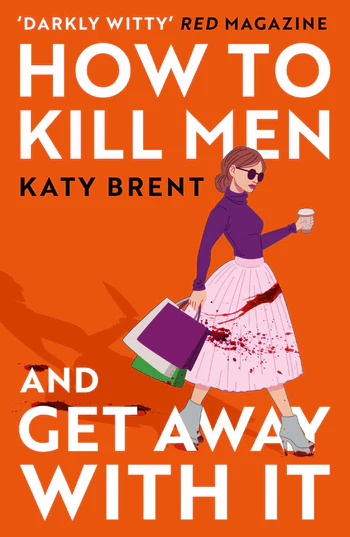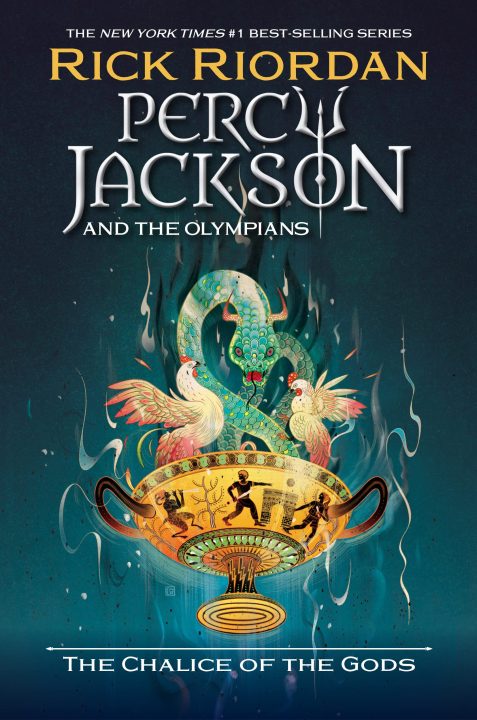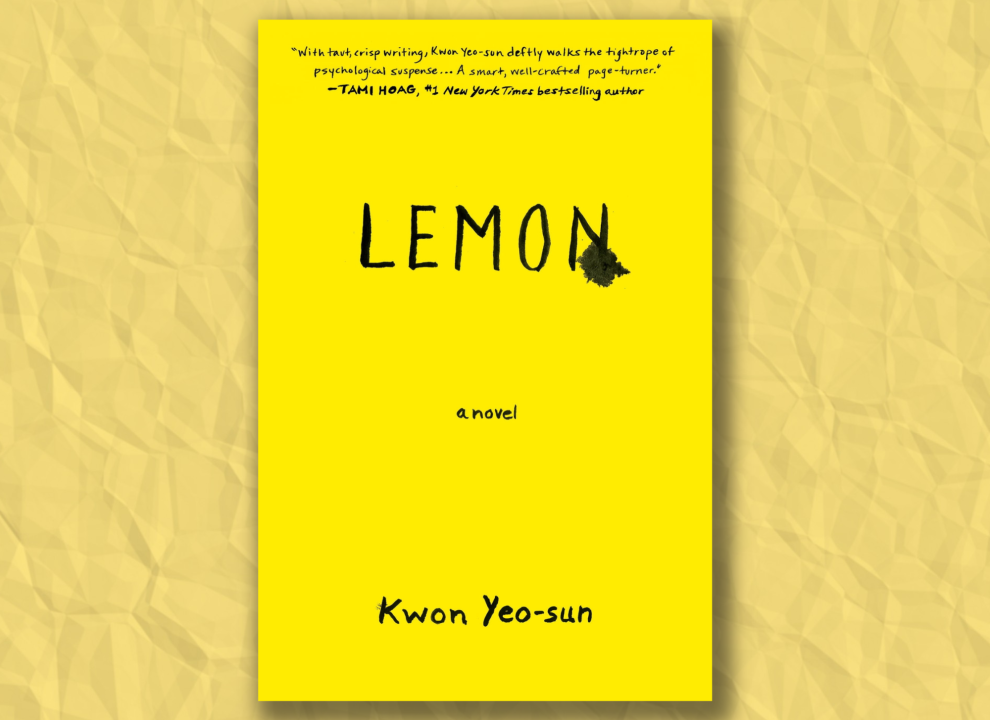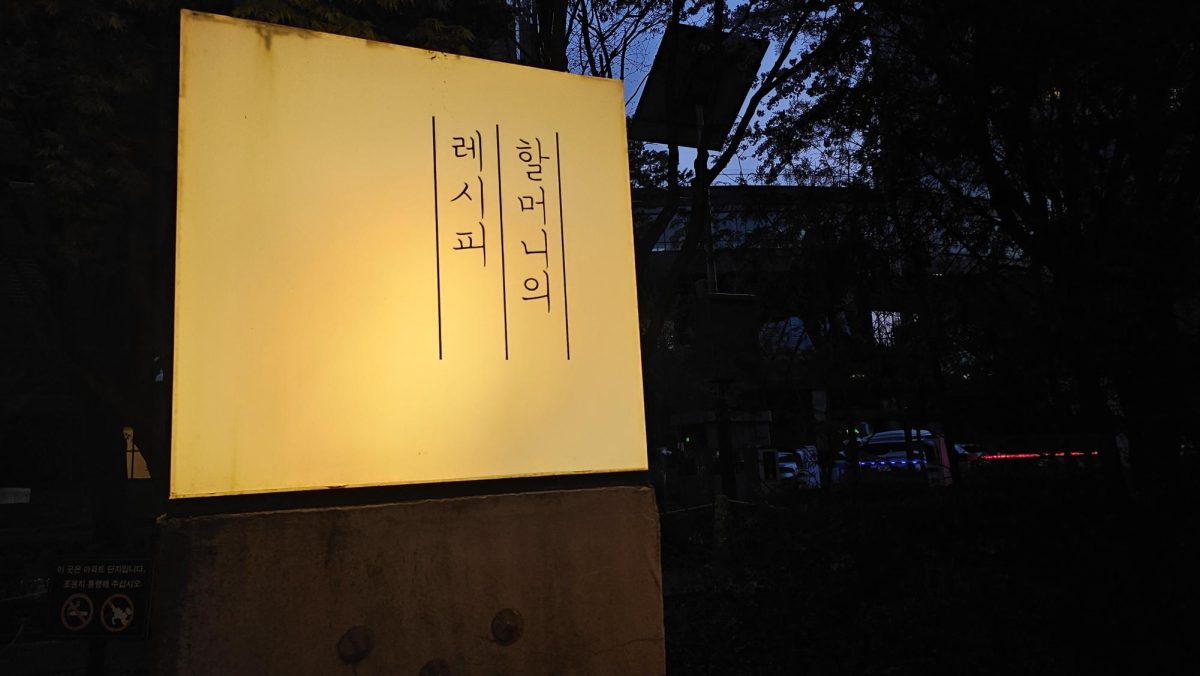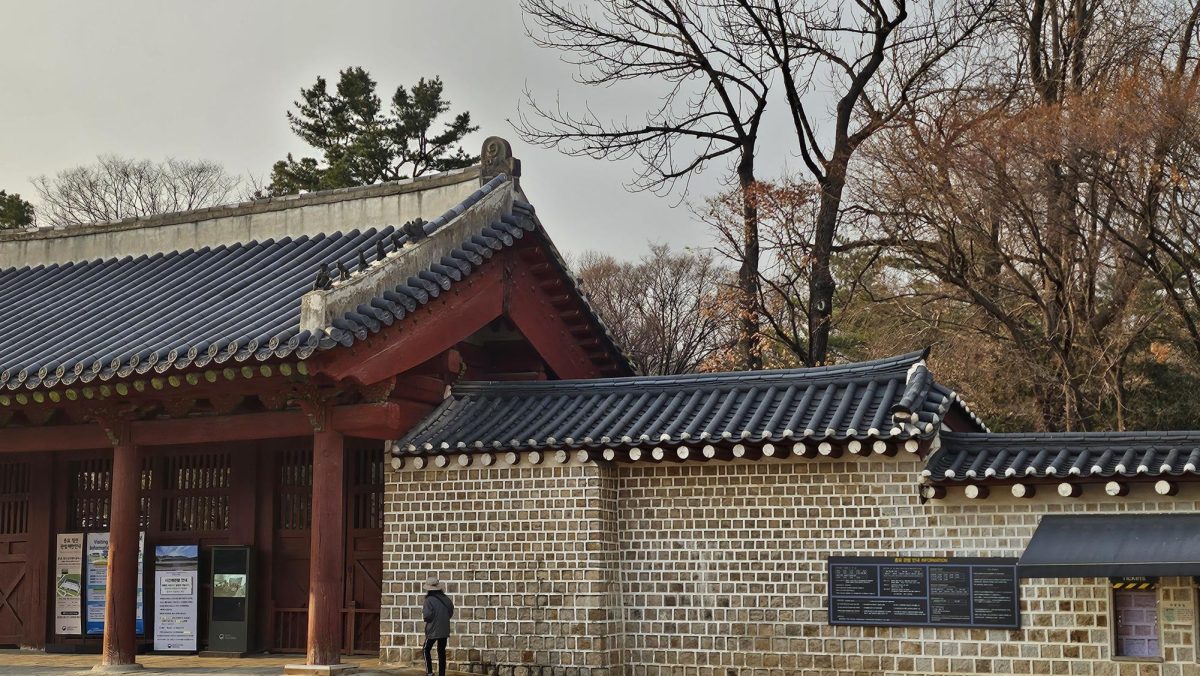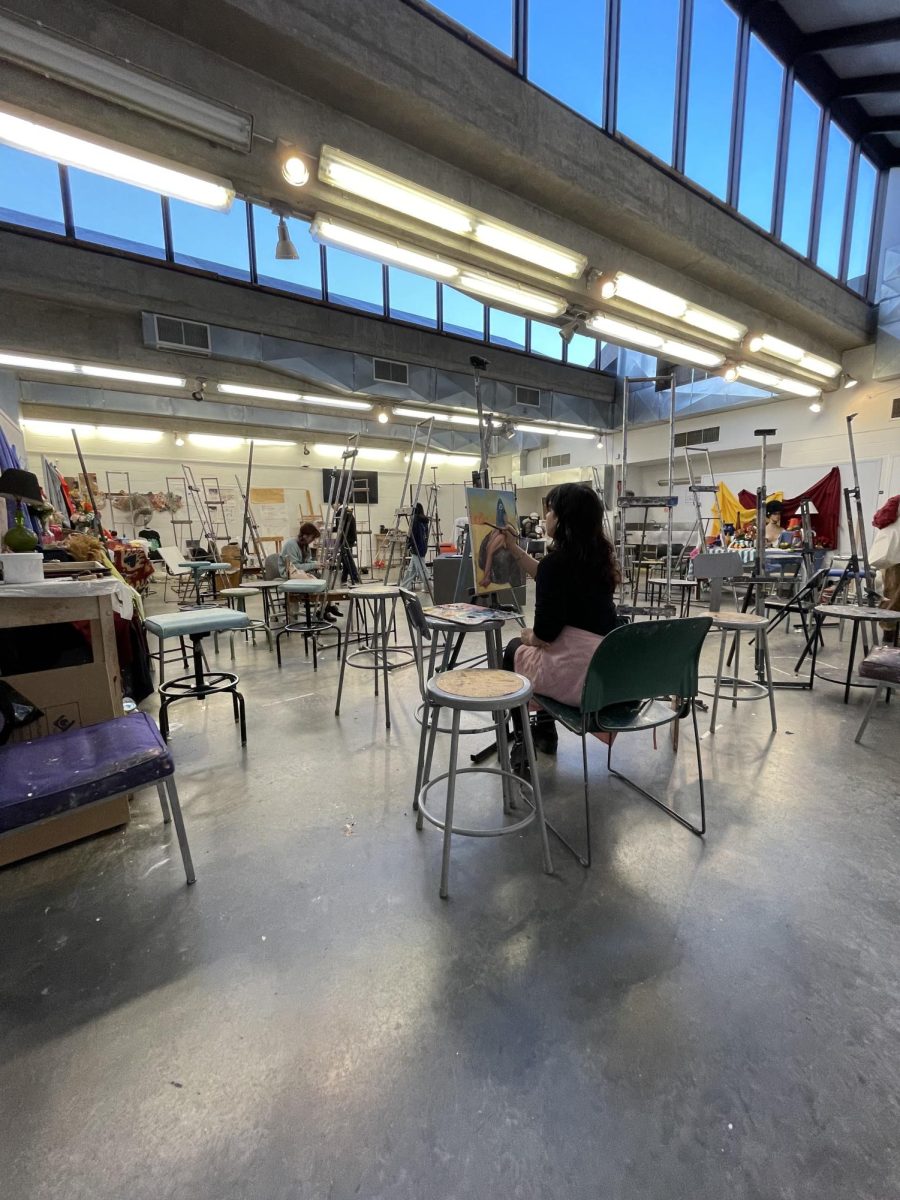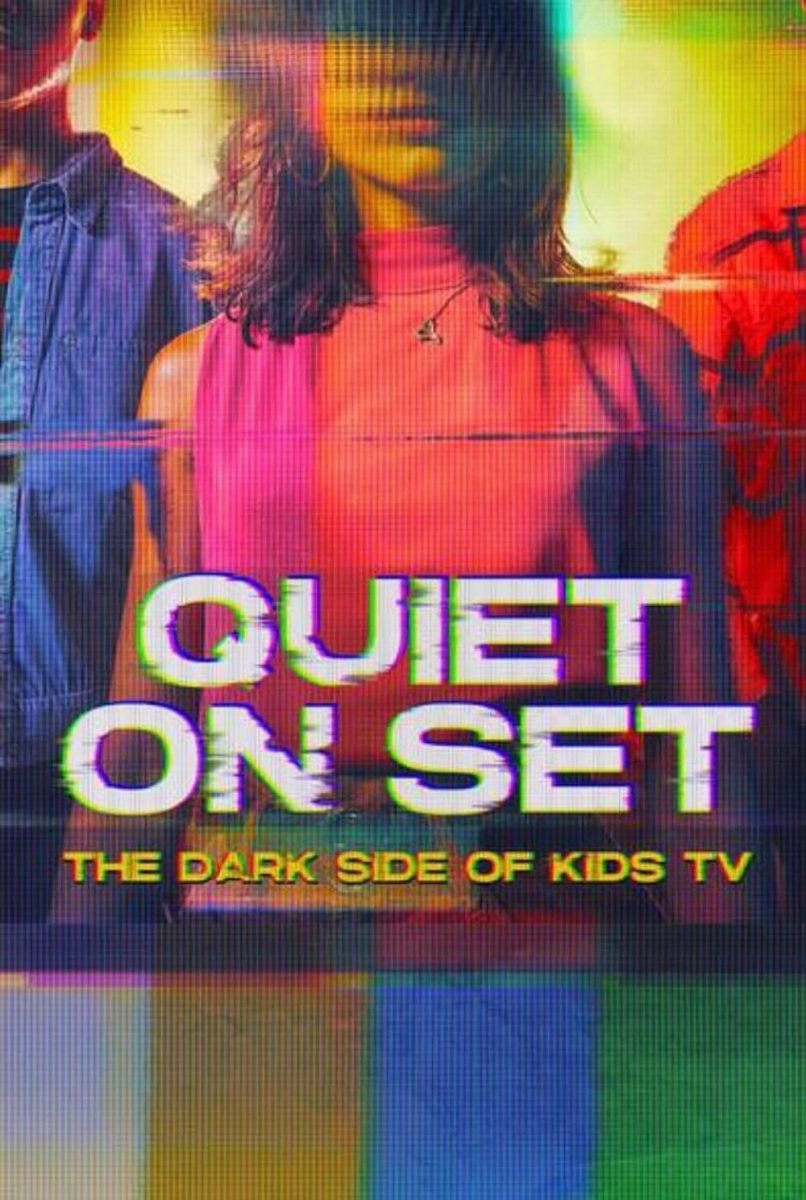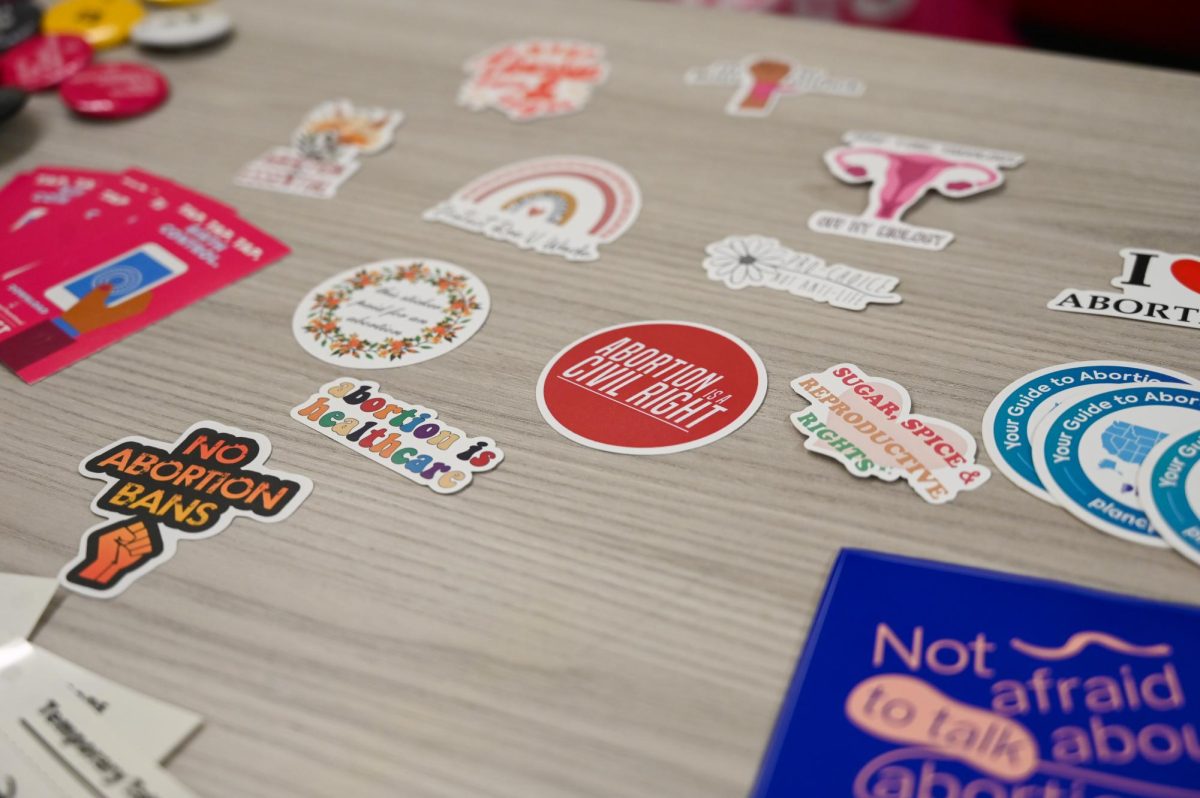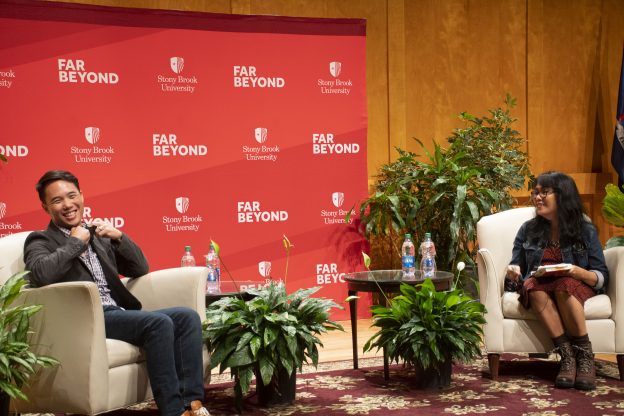
National Book Award winner Charles Yu discussed his book “Interior Chinatown” in a Q&A moderated by associate professor in Asian and Asian American Studies Nerissa Balce at the Staller Center Recital Hall on Oct. 6 as part of the 2021 One Book, One Community program.
The conversation commenced in a nearly full recital hall and provided an intimate atmosphere as Balce welcomed Yu on stage. A second conversation later in the day followed this event and was moderated by Judith Brown Clarke, the vice president for equity and inclusion and chief diversity officer. Both events were open to the public, where Yu also held a book signing and reception. “Interior Chinatown” follows a Chinese American aspiring actor striving for recognition as he encounters Hollywood archetypes and Asian stereotypes, written in the form of satirical literary fiction with an innovative screenplay-style narrative.
The One Book, One Community program is a new initiative established to unite the University and its surrounding communities through free book distribution and a series of discussions on cultural, social and ethical issues. Nearly 7,000 books have been distributed through multiple campus locations as well as local libraries.
Yu discussed his writing processes behind his New York Times bestseller “Interior Chinatown” and his relationship with recent movements in Hollywood and television. According to Yu, the creation of “Interior Chinatown” began with multiple drafts and genre switching, ranging from naturalistic fiction to magical realism to science fiction.
“My parents are from Taiwan, and I know I wanted to do something with it; I didn’t know what. And then somewhere in all of that, I started working in TV, and for whatever reason, it took a while, but eventually the idea of this character, Willis Wu, popped into my head. From Willis came the idea of a script,” Yu said, referring to the novel’s screenplay format.
Yu said he wrote at least six full drafts of the novel after settling on what would become “Interior Chinatown” and discarding an entire version of the book. Yu included usable portions from previous drafts, which he referred to as “ripped” from scrapped work, calling it “zombification.”
“I’m not someone who [can] sit down typing,” Yu said. “I know people who flow much more easily. For me, it’s like squeezing blood out of a stone.” The craft of writing is lightened by the inclusion of humor and satire for Yu, which frees his thinking into truer and more revealing forms that are “curling in at the edge” of the weightiness of literary writing.
Yu’s basis for the novel spawned from personal experiences and relationships as inspiration. Yu decided to create a protagonist named Willis Wu, using the literary device of alliteration for name memorability, who is a Chinese American aspiring actor performing a caricatured stereotype. Yu hoped to highlight tension between the character’s inner monologue and his internalization of the side character roles imposed on him by the acting industry so that his character “has a hard time separating who he is from his thoughts.”
According to Yu, while analytical and data-based arguments against the model minority myth can be important, he was driven to tell his story to humanize and give life to the inner experiences of Asian Americans. In addition to alliteration, Yu’s decision to delay the naming of his main character using brackets as a stand-in before inserting his own name became creatively generative in blurring the boundaries between reality and fiction, as well as the process of surveying his memory for Asian stereotypes.
“Because the novel is satire, and satire is a form that makes fun of institutions in power or ideas that are powerful, one of the things I find hilarious [is] the character Older Brother,” Balce said, speaking on the novel’s usage of narrative switches to develop eclectic characters. “[He] starts off as a dude, and then he starts to sound like the angel of history with incredible race theory,”
Questions about Yu’s role as a Hollywood writer were especially timely, as Balce spoke about the impending major Hollywood strike by the International Alliance of Theatrical Stage Employees against labor conditions, which began this weekend and is the first in the union’s 128-year history.
Balce and Yu discussed his position as a story editor and writer for season one of the HBO show “Westworld,” and the critical success of his novel in disseminating patterns and trends in the industry for Asian American and Pacific Islander stories. Yu believes that there is a burgeoning demand for underrepresented voices.
“I’m in my mid-40s, I grew up feeling like Asian stuff came around every 10 years, in a cycle,” Yu said. “And yet I think in the last few years it does feel like there’s some traction. I feel like that might be the product of a couple of factors, one of which is there are approximately 50,000 channels on TV now, and streamers, and so there’s just a huge demand for stories.”
Yu explained the necessity of desire for diverse voices, as well as authenticity from directors, producers, and executives, who can act as gatekeepers in the entertainment industry as they ultimately decide on the careers of individual writers. Yu spoke about how he has seen more Hollywood creators having grown up in a world where diversity has already been normalized in their personal lives and storytelling.
According to the Hollywood Diversity Report 2021: Pandemic in Progress, gains in representation in acting for women and people of color reached near-parity with their proportion of the population, though the report included streaming as well as theatrical releases to account for the pandemic year. Only time will tell if these changes are sustained beyond the effects of increased nontraditional movie going once theaters begin reopening.
“You get some critical thresholds of decision makers and creators … I think just the worldview changes,” Yu said. “There’s no more like, what’s the slot for a black show? What’s the slot for an Asian or Latino show? Let’s tell stories, and who got them.”
The portrayal of Chinatown in Yu’s novel was discussed as the real-life site for recent acts of anti-Asian violence. Yu emphasized that while he grew up in the suburbs of Los Angeles, his novel’s depiction of Chinatown is an amalgam of multiple real Chinatowns, as well as a fantasy place of the Hollywood imagination.
Through research and personal experiences through his wife’s upbringing in LA’s Chinatown, he narrated the “bobaville along the freeway where there’s a lot of ethnoburbs, a lot of Asian enclaves, a lot of really good food.” Bobaville refers to the concept of Asian American diasporic identification with bubble tea and the neighborhoods where bubble tea stores proliferate as a symbol of ethnic identity. Ethnoburbs is a portmanteau of “ethnic” and “suburb,” referring to suburban ethnic clusters in residential areas and business districts in metropolitan areas, with a significant concentration of one ethnic minority group. For Yu’s protagonist Willis Wu, however, Chinatown becomes a location he hopes to transcend through dreams of greater acting roles, due to internalization of the site as the “prison where he’s found himself,” despite being the neighborhood of his home and family.
The conversation continued among community members at the book discussion on Oct. 7 in Melville Library’s North Reading Room, which consisted mainly of students. Clara Tran, head of science and engineering at Stony Brook University (SBU) Libraries, and Christine Fena, undergraduate success librarian, co-hosted the discussion.
The group shared favorite and meaningful passages and drew connections between “Interior Chinatown” and timely themes of American society.
Fena served on One Book, One Community’s book selection committee, where she read many books in a short time. She said “Interior Chinatown” consisted of “all pros” when it came down to deciding what the final book should be. “I do think it speaks to this moment in time in a really interesting way … as we’re browsing on social media and the internet, we’re being tracked and put into categories and targeted based on our choices, or being put into these boxes, all the time, not only based on what we see in Hollywood but in our daily lives.”
Janet Clarke, associate dean of research and user engagement at SBU Libraries, explained how “Interior Chinatown” introduces a much-needed complexity into conceptions of race, as well as how media decisions obscure or define public understanding.
“So often race relations get talked about in just black and white in the U.S.,” she said. “There’s so many layers of complexity in talking about race, and why shouldn’t Asian Americans have the legitimacy, the right to talk about what are the racial injustices that they face?”
One connection Clarke drew from Charles Yu’s talk was the portrayal of Hurricane Katrina in Louisiana, which affected populations that were not portrayed in the media at the time. It was only when individuals advocated for the large Vietnamese population in New Orleans, who were deeply impacted yet neglected in the media for their role as shrimp farmers by news coverage, that further knowledge came to light. “You want to think about, why do those news networks choose to tell these stories instead of those stories?”
“Interior Chinatown” has allowed students, faculty and community members of different backgrounds to gain new perspectives into the complexity of race relations, the intricate process of writing for fiction and television and the role of media in representation. Ultimately, the limitless possibilities that Yu’s award-winning novel has opened up include expanding connections between individuals as well as greater engagement with the world outside academia and the covers of a book. As for Yu, these big ideas are more simply embodied by the growth of his protagonist’s inner voice from just his interior into the exterior narration of an adventure-packed screenplay novel.
“It’s a good reminder that things don’t always map in certain clear ways,” Yu said. “I just really wanted to write a character that was unbound by the same internal constraints.”












